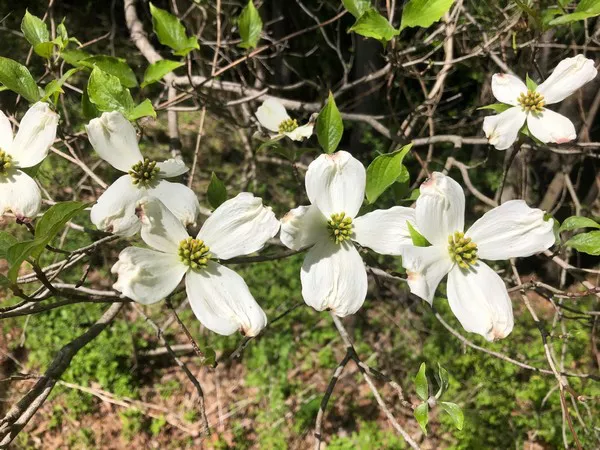As the vibrant colors of summer fade into the cool embrace of autumn, gardeners often find themselves contemplating the preservation of their beloved flowers. One crucial aspect of this preservation is the careful storage of flower seeds over winter. Properly stored seeds ensure a bountiful bloom in the following spring, allowing gardeners to enjoy a seamless transition from one growing season to the next. In this comprehensive guide, we will explore the techniques and best practices for storing flower seeds, ensuring their viability and vitality for seasons to come.
Understanding Seed Viability
Before delving into the specifics of seed storage, it is essential to understand the concept of seed viability. Viability refers to the ability of a seed to germinate and produce a healthy plant. Several factors influence seed viability, including genetics, environmental conditions during seed formation, and the storage environment.
Over time, seeds naturally lose their viability. However, proper storage can significantly extend their lifespan. By maintaining optimal conditions, gardeners can preserve the integrity of their flower seeds, maximizing the chances of successful germination when the planting season arrives.
Choosing the Right Seeds
Selecting high-quality seeds is the first step towards successful storage. When harvesting seeds from your garden or purchasing them from a reputable supplier, prioritize those from healthy, disease-free plants. Avoid seeds that appear damaged, discolored, or malformed, as they may have lower viability.
Additionally, consider the specific requirements of each flower species. Some seeds require special treatments, such as stratification or scarification, to break dormancy and improve germination rates. Familiarize yourself with the needs of each type of flower seed to ensure proper storage and successful propagation.
Preparing Seeds for Storage
Before storing flower seeds, it is crucial to prepare them adequately. Start by cleaning the seeds to remove any debris, chaff, or remaining plant material. This can be done by gently rubbing the seeds between fine mesh screens or using a sieve to separate them from unwanted particles.
Once cleaned, allow the seeds to air dry thoroughly. Spread them out in a single layer on a paper towel or newspaper in a well-ventilated area away from direct sunlight. Avoid using heat sources for drying, as excessive heat can damage the seeds. Monitor the seeds regularly during the drying process, ensuring that they are completely dry before storage.
Choosing the Right Containers
Selecting suitable containers for seed storage is crucial for maintaining optimal conditions. Choose containers that are clean, dry, and airtight to prevent moisture and humidity from affecting the seeds. Glass jars with tight-fitting lids or airtight plastic containers are ideal choices for storing seeds.
Avoid using plastic bags for long-term seed storage, as they are prone to allowing moisture to accumulate, which can lead to mold and decay. Instead, opt for containers that provide a barrier against moisture while still allowing for adequate airflow.
Creating the Ideal Storage Environment
Proper storage conditions are essential for preserving seed viability over winter. The ideal storage environment for flower seeds is cool, dark, and dry. Aim for a consistent temperature between 32°F and 50°F (0°C to 10°C), as fluctuations in temperature can negatively impact seed viability.
Store the seed containers in a cool, dark location, such as a basement, cellar, or refrigerator. Avoid storing seeds in areas prone to temperature fluctuations, such as attics or garages, as these conditions can compromise their viability.
Humidity control is equally important when storing flower seeds. Excess moisture can cause seeds to mold or rot, while overly dry conditions can lead to desiccation and loss of viability. To maintain the proper humidity level, consider adding desiccant packets or silica gel to the seed containers. These moisture-absorbing materials help regulate humidity and prevent moisture-related damage.
Monitoring Seed Viability
Regular monitoring of stored seeds is essential to ensure their continued viability. Periodically check the seeds for signs of mold, decay, or insect infestation. If any seeds show signs of deterioration, remove them immediately to prevent the spread of damage to the remaining seeds.
Additionally, conduct germination tests on a small sample of seeds before the planting season begins. This simple test involves placing a few seeds on a damp paper towel or in a seed-starting tray and observing their germination rate over a specified period. A high germination rate indicates that the seeds are still viable and suitable for planting.
Conclusion
Storing flower seeds over winter is a critical aspect of preserving the beauty and bounty of the garden from one season to the next. By understanding seed viability, choosing high-quality seeds, and providing the proper storage conditions, gardeners can ensure the success of their future blooms. With careful preparation and attention to detail, storing flower seeds becomes a simple yet essential task in the gardener’s repertoire, ensuring a vibrant and flourishing garden for years to come.


